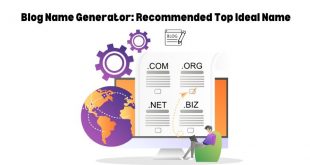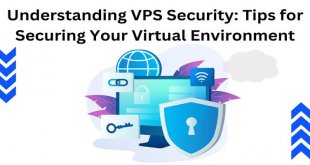Enterprise VoIP or voice over internet protocol implies software that gives internet telephone abilities, which are mainly developed for the needs and requirements of big enterprises. It is created to impart the entire range of PSTN or publicly switched telephone network services and some extra services.
A good enterprise voice solution features numerous billing choices and custom service configurations. It thus facilitates each enterprise to discover the ideal solution for itself. Keep reading to know more about enterprise VoIP and its various features.
The Definition of Enterprise VoIP
At the most fundamental level, it is a more robust and secure version of residential voice-over-internet protocol applications. It is also more scalable. For several companies, enterprise VoIP is helpful because of its capacity to incorporate other internet applications with calling functionalities.
A caller on an enterprise VoIP can chat, share screens, transmit files, and email simultaneously via a centralized interface. It, in turn, enhances the depth and facilitates convenient and easy communication. Add-ons to a specific enterprise VoIP service differ by their providers. But all of it may incorporate the following:
- More encryption options.
- Confidential internal phone networks that very much resemble a private branch exchange or PBX.
- Personalized answering, call, waiting, and hold functionalities.
- Automated handling of calls.
- Conference calls.
- Data transfer, screen share, and various multi-user functions.
The Working of VoIP
VoIP services turn the voice of a user from audio signals to digitized data. In it, the data is transmitted to a different user or users over Wi-Fi or Ethernet. VoIP uses Codecs to achieve this. Codecs are processes based on software or hardware that work to decompress or compress huge volumes of VoIP data. The procedure of transferring data to another user comprises condensing audio into packets of data, transmitting these packets over an IP address, and releasing the data packets into the audio at the connection’s other end.
Other parts of a usual VoIP system comprise the following.
- IP PBX, which manages the telephone numbers of the user, functionalities, clients, devices, and gateways to link networks. It also gives a failover if a network outage occurs.
- Session border controllers, which give security, management of call policy, and network connections.
- Location monitoring databases for enhanced 911 or E911, management frameworks, and call routing. It can gather statistics of call performance for proactive and reactive management of voice quality.
By removing circuit-switched voice networks, VoIP minimizes costs related to network infrastructure. It thus facilitates providers to provide voice services over private networks and broadband.
Why Does an Enterprise Need to Fulfil E911 Compliance for Teleworkers?
The global pandemic has made organizations institute telework programs. But with a greater number of employees working remotely, IT leaders need to ensure teleworkers calling 911 get to the correct public safety answering point. Recently, a lot of emergency responders have been dispatched to the wrong locations after getting a 911 call. Such errors can, in the worst-case scenario, result in loss of life.
So, IT leaders should see that remote workers utilizing organization-provided calling platforms can reach the right local 911 answering point. They should also ensure that the 911 operator gets correct caller location data. Irrespective of the deployment model, enterprises should ensure that the users’ locations are correctly mapped to their contact numbers, and the 911 calls are all routed to an accurate E911 public safety answering point.
Thus, it’s essential to invest in a robust enterprise voice solution with a reliable infrastructure that ensures optimal availability and minimizes downtime. Such a solution provides backups for crucial functions to provide a top-class service.
 free html design Free html design templates
free html design Free html design templates






